Petrel structural and fault analysis
Analysis of fault sealing capabilities and mapping QC tools
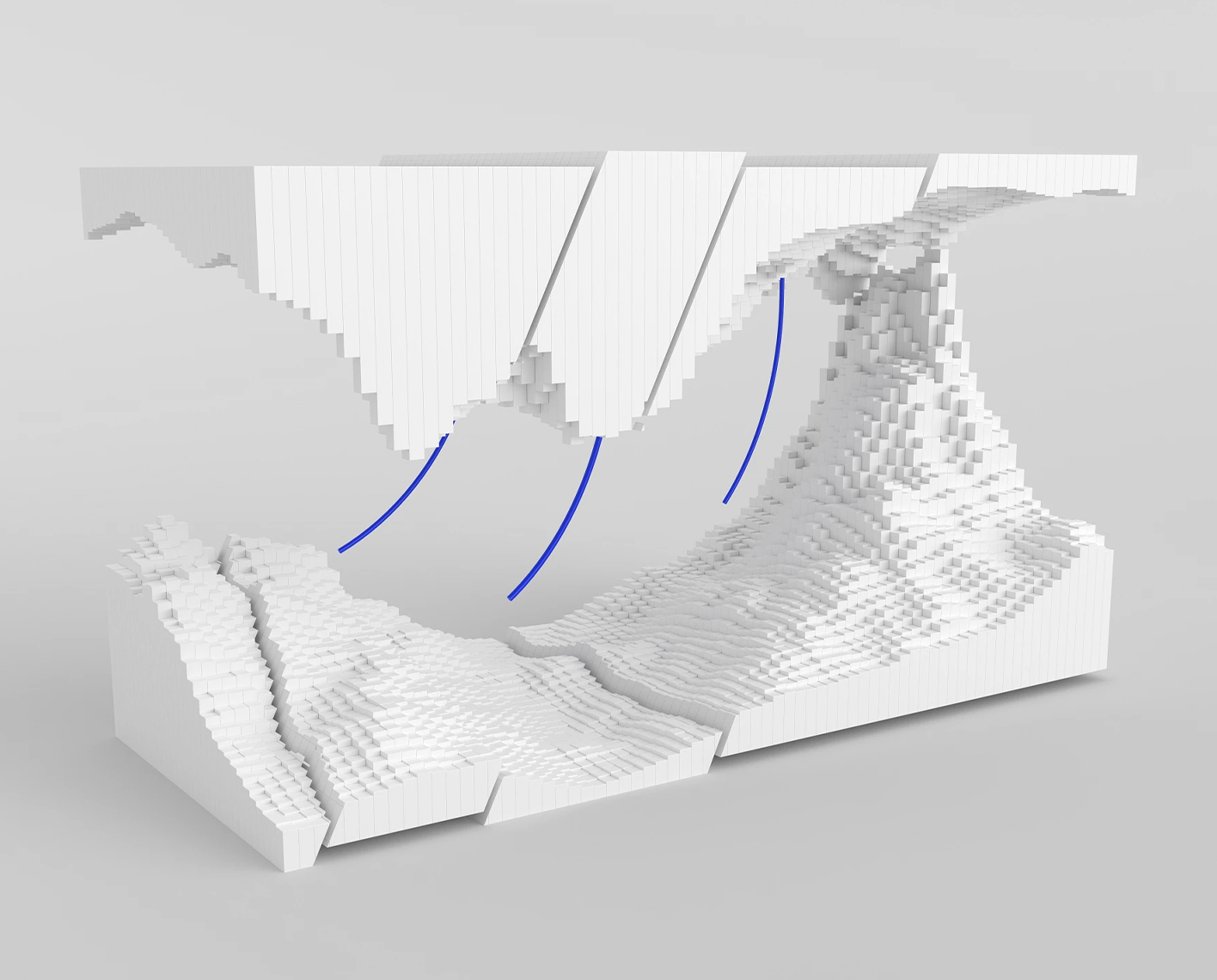
Petrel™ structural interpretation improves the understanding of structure and delineation of fault and fracture networks through various advanced edge detection and illumination attributes (including ant tracking). Tectonic and depositional relationships can be understood through interactive 2D seismic reconstruction (structural flattening), based on geomechanical principles. Linked with modeling-while-interpretation capabilities, this provides a powerful tool for fast and accurate fault interpretation to reduce interpretation uncertainty and deliver a validated structural framework of the subsurface.

Advanced edge detection and illumination attribute workflows (including ant tracking) can be used for enhanced structural delineation or as input to fracture modeling. Additionally, interpreters can easily understand the trends of fault surfaces and automatically extract fault patches instead of creating fault surfaces individually and manually—significantly reducing conventional interpretation time.

NExT offers a comprehensive training program to support users of the SLB software, plugins, and other software products.

Advanced train estimation tools and trend modeling.
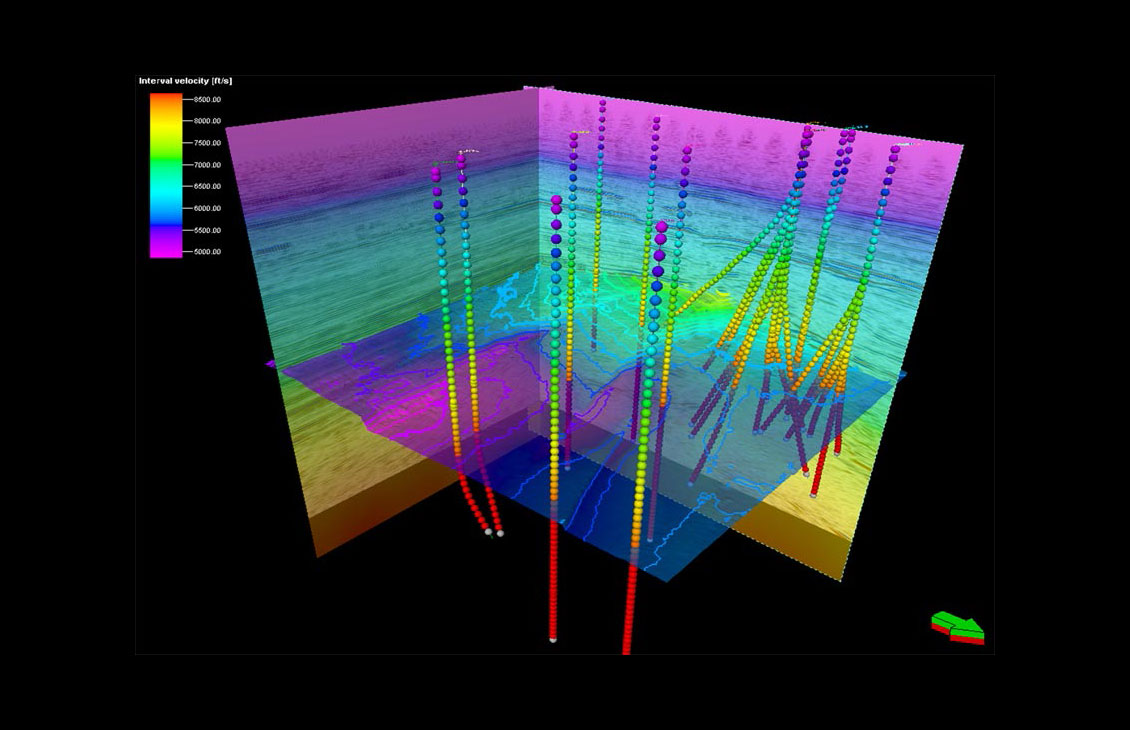
Accurate velocity modeling and domain conversion
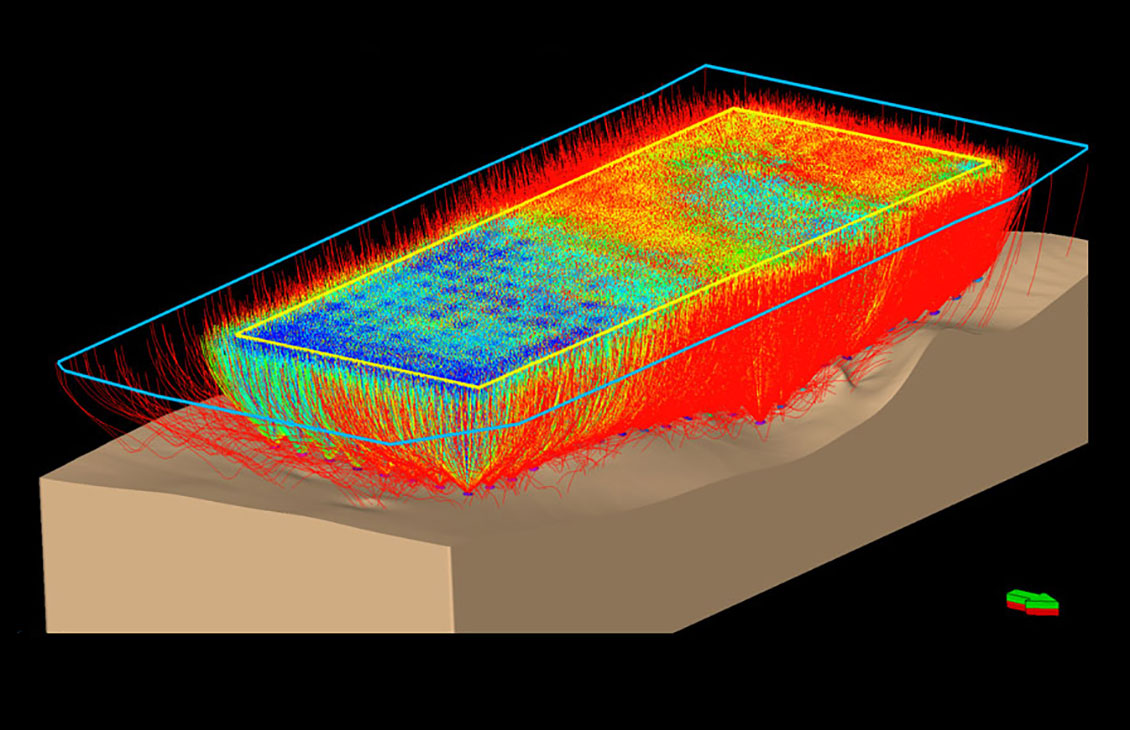
Integrate Omega platform data and extend workflows for a unified, reliable earth model
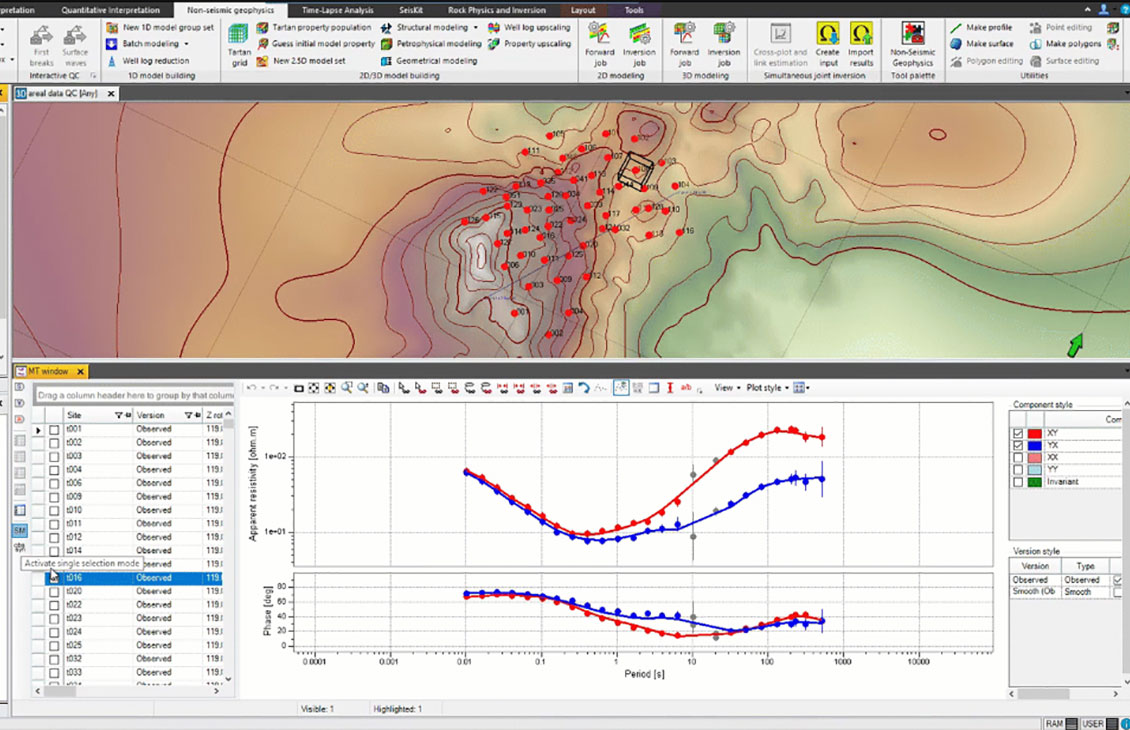
Integrated processing and modeling capabilities for magnetotelluric, controlled-source electromagnetic, and gravity and magnetic methodologies
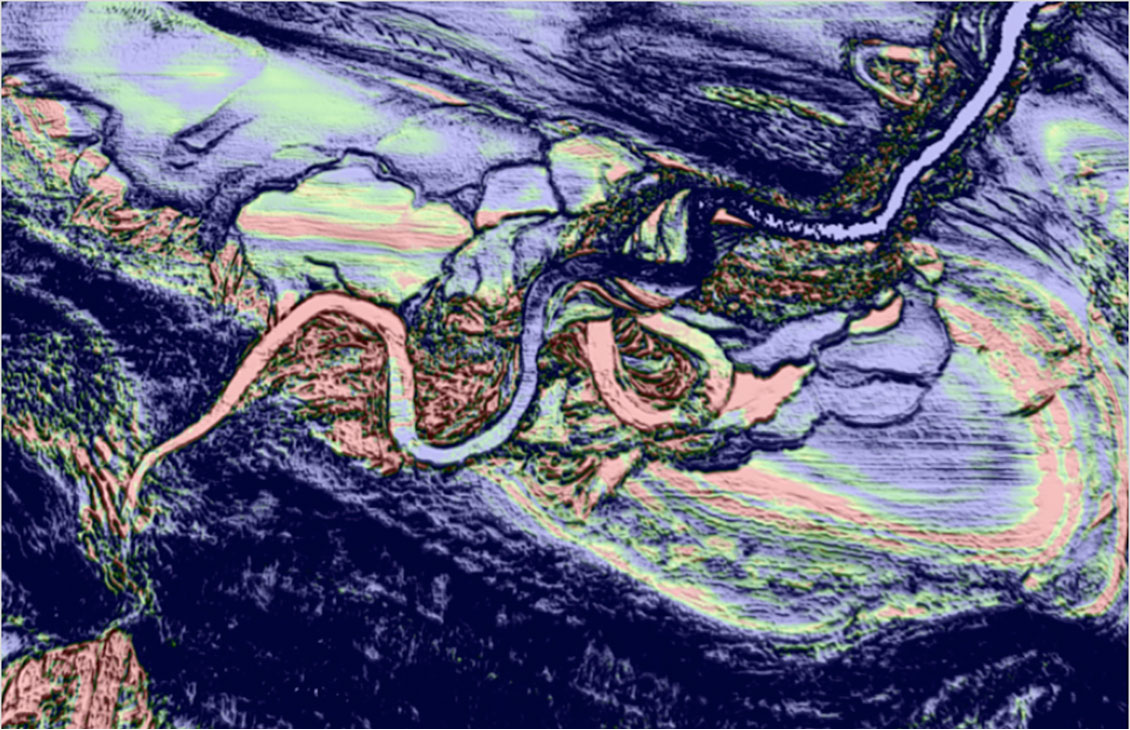
Create advanced seismic attributes to condition seismic data for better structural and stratigraphic interpretation tasks as well as enable powerful 3D volume interpretation workflows.

Prestack seismic visualization, interpretation, and processing
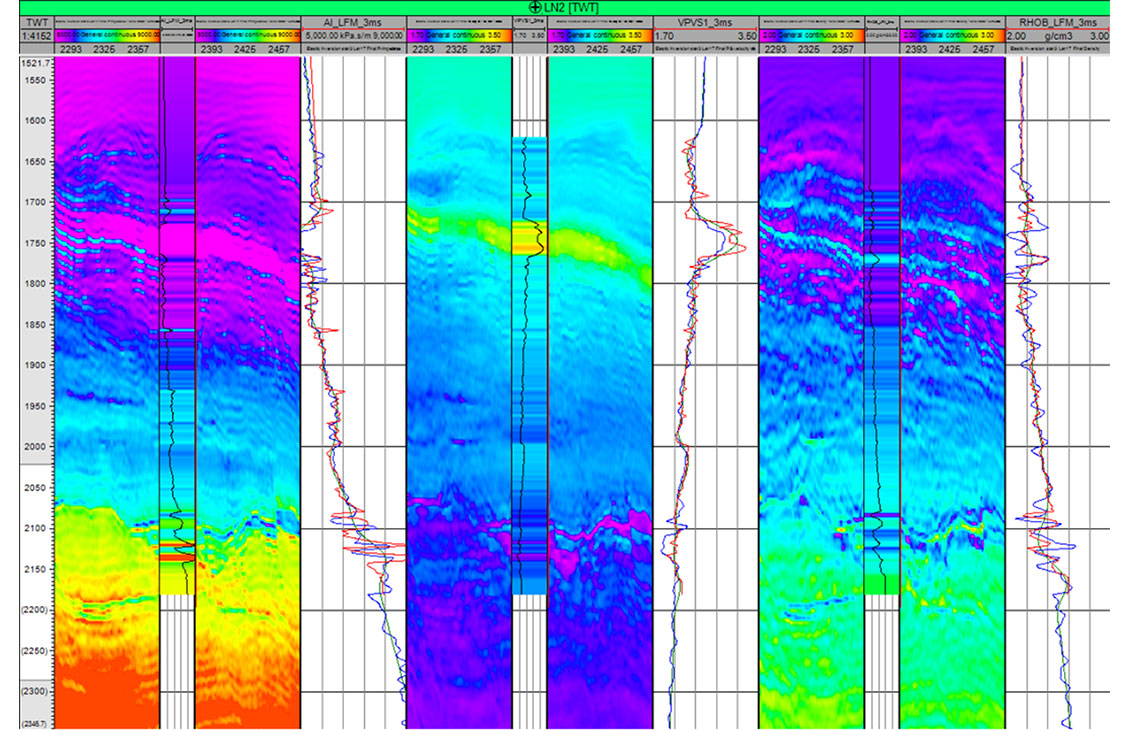
Accurate and comprehensive quantitative interpretation
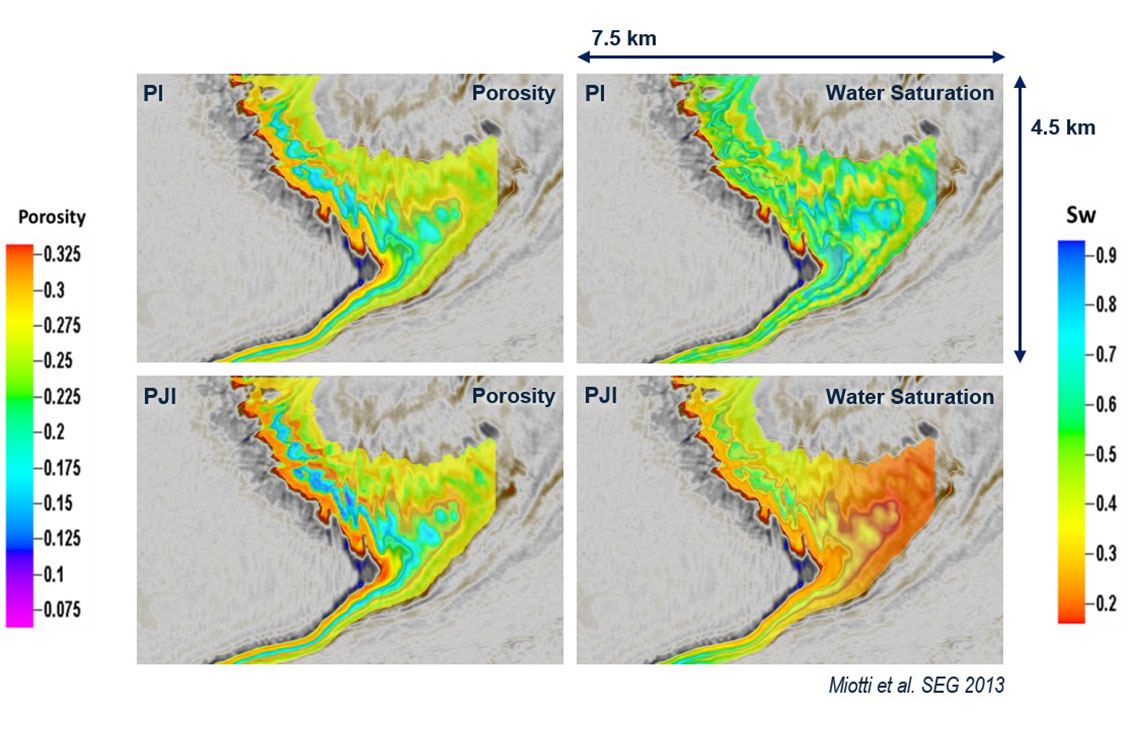
Modeling and inversion tools for advanced, efficient reservoir characterization
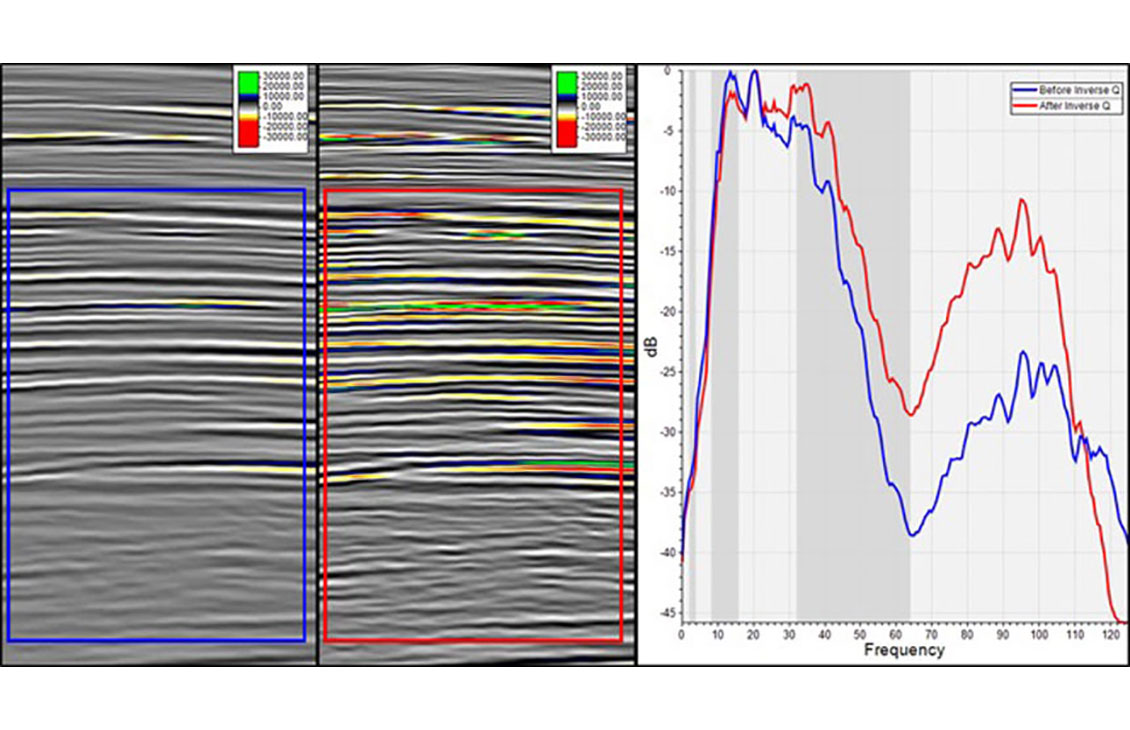
Spectral analysis, filtering, bandwidth extension, and amplitude gain for faster QC and image enhancement in the Petrel platform
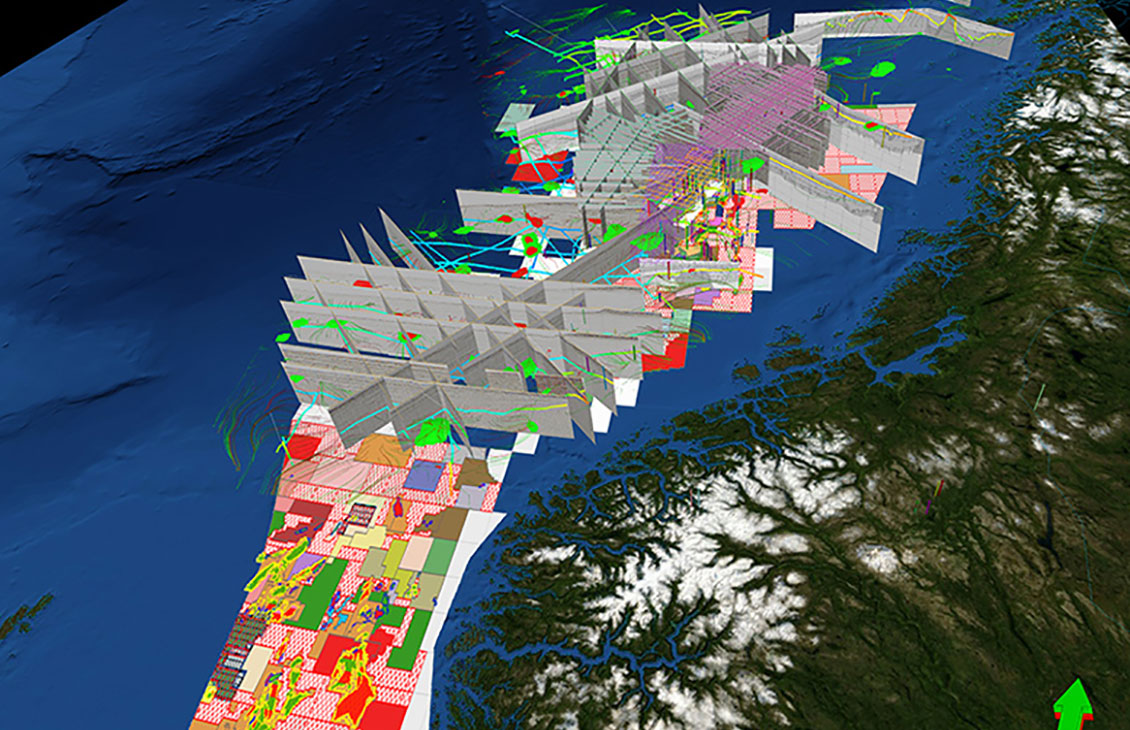
A responsive and flexible environment for 3D and 2D interpretation
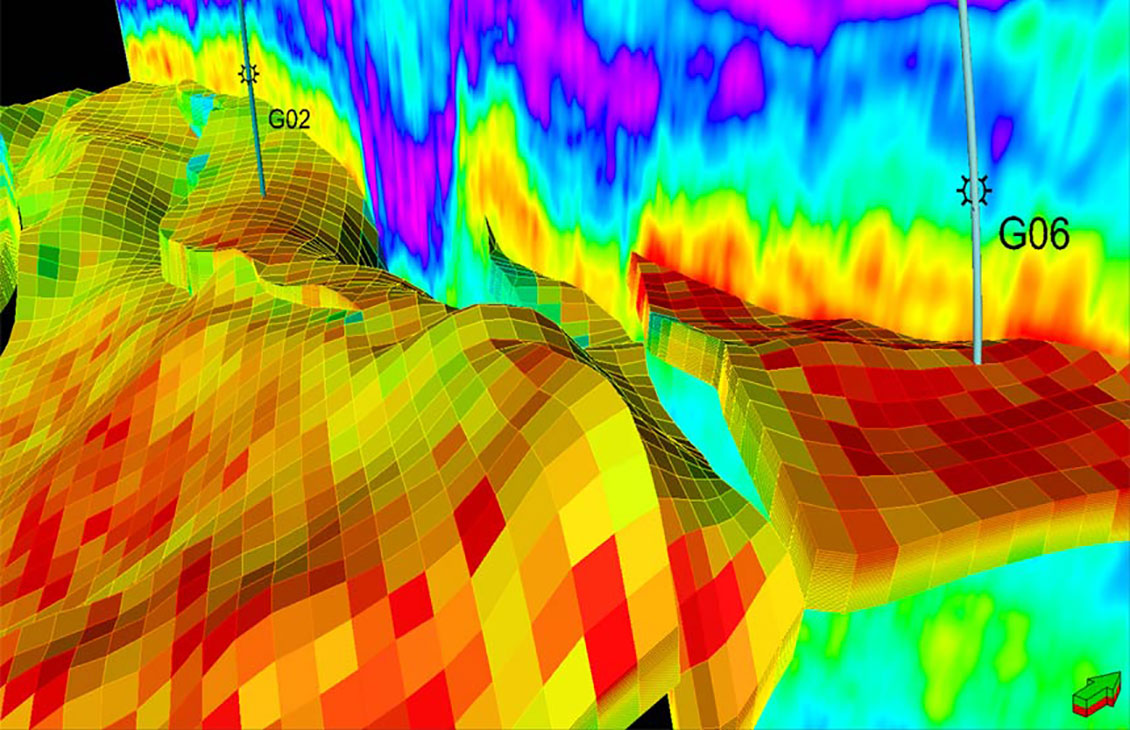
Resample seismic volumes and geobodies as properties into 3D grids
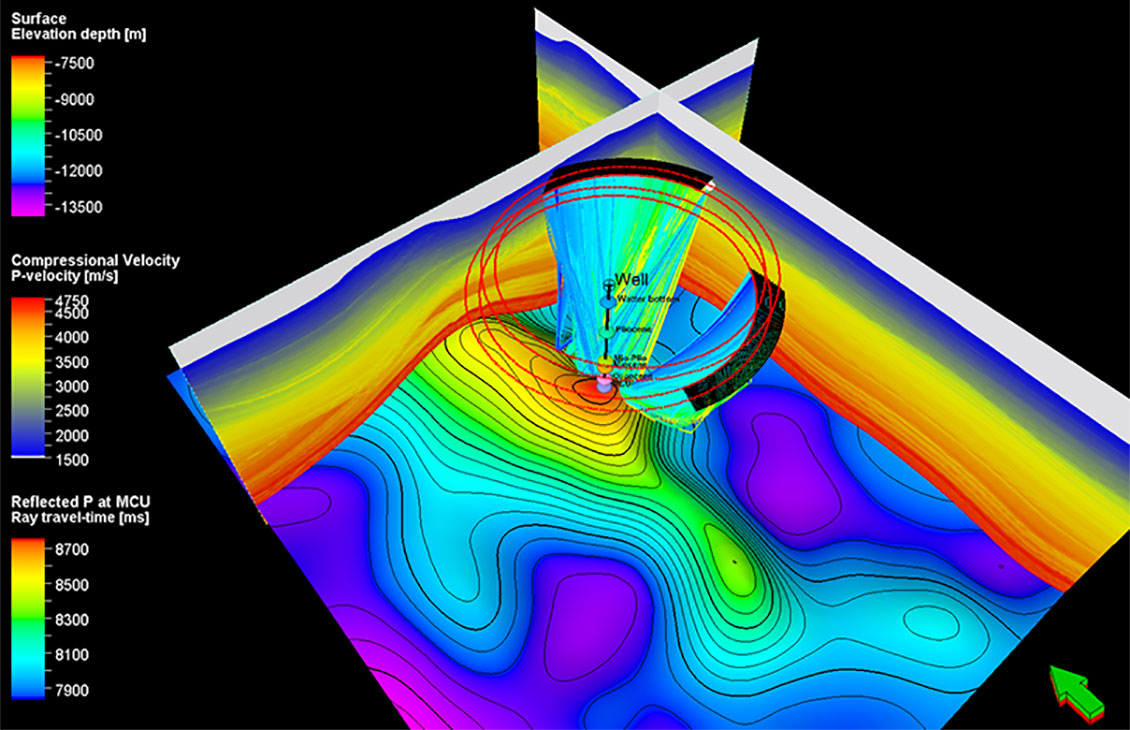
Seismic survey design and analysis
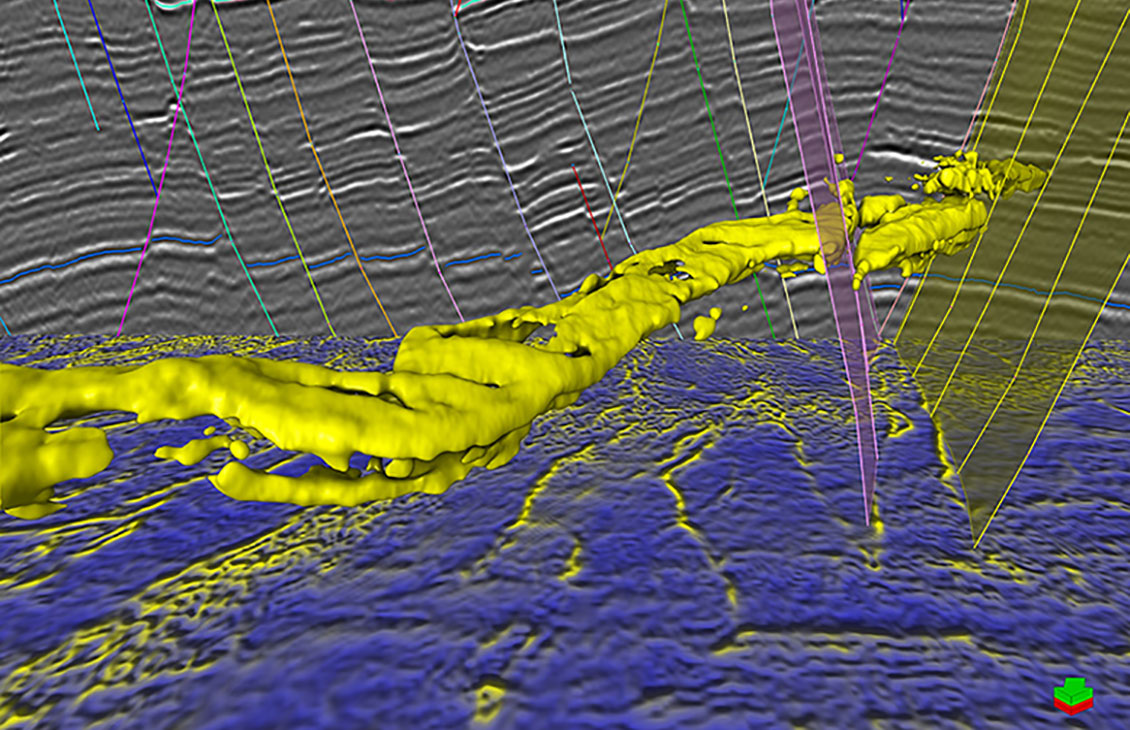
A fast, intuitive, and accurate approach to volume interpretation
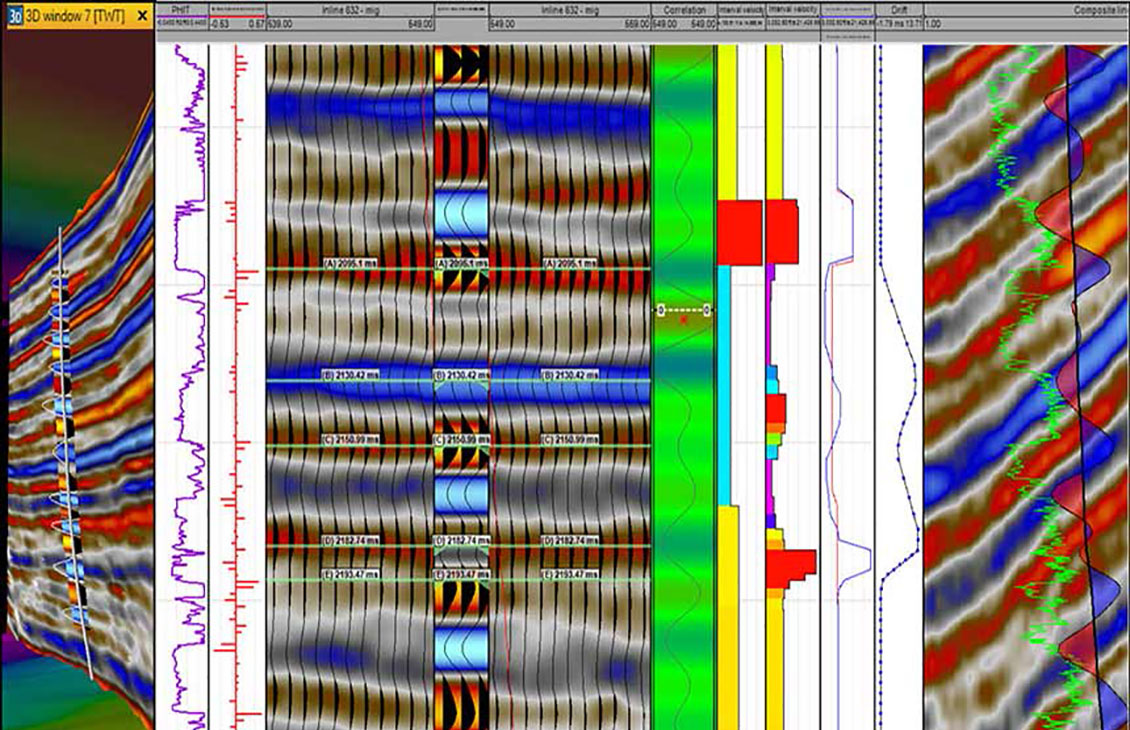
Comprehensive and robust seismic well tie
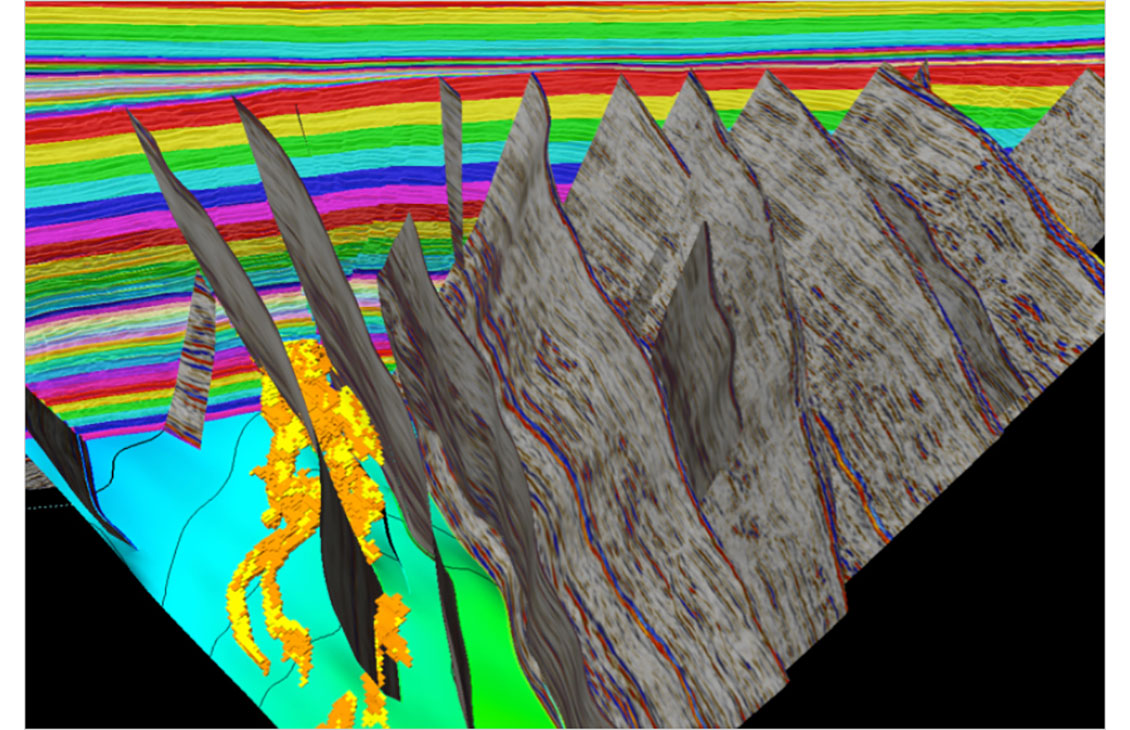
Analysis of fault sealing capabilities and mapping QC tools
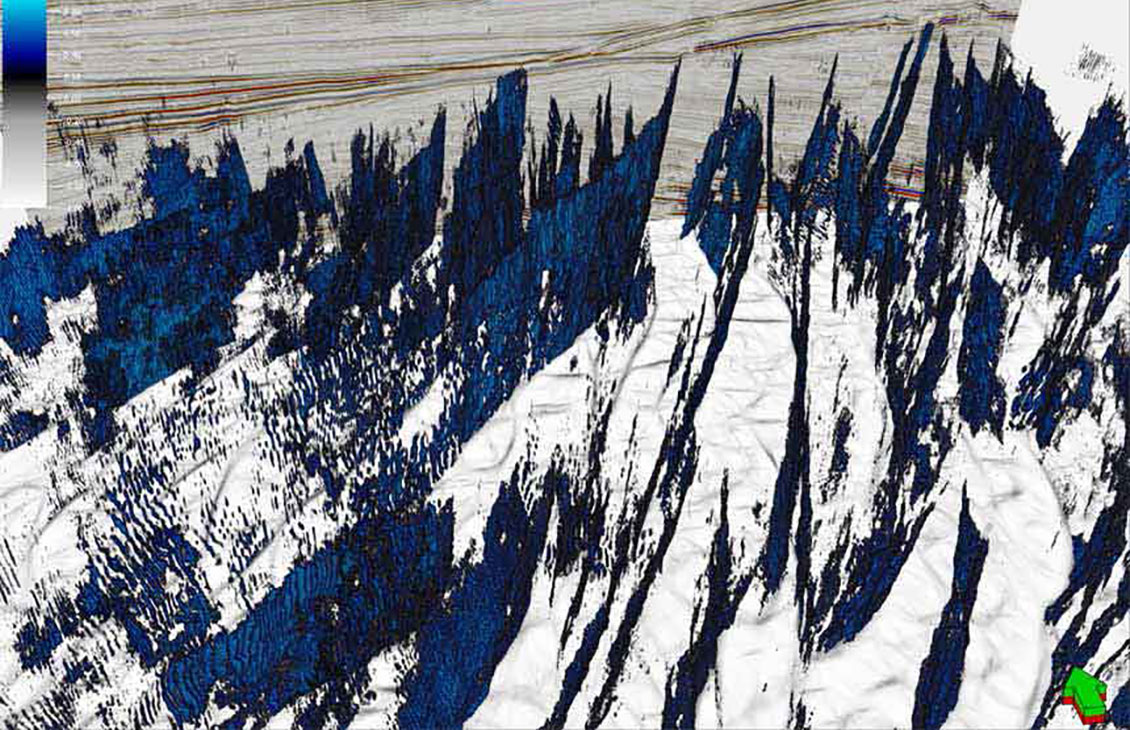
Fast, accurate structural interpretation workflow that reduces interpretation uncertainty and delivers a confident, validated structural framework of the subsurface
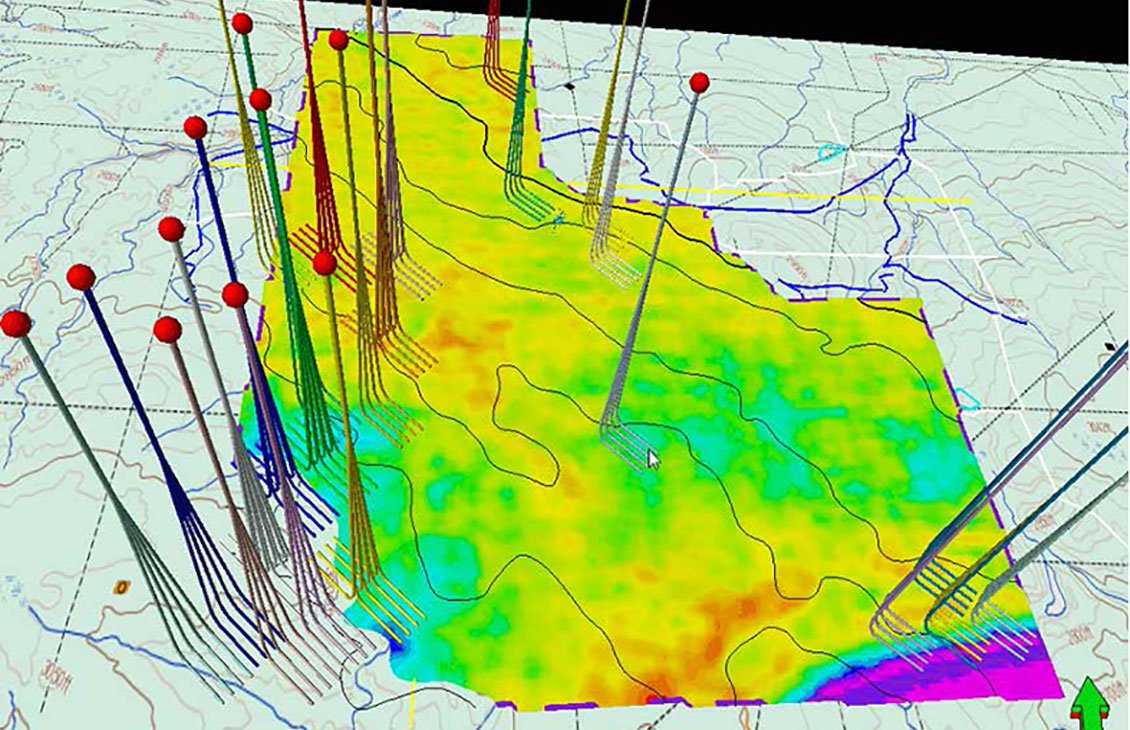
Display scanned maps, attribute maps, seismic time slices, and satellite images, draped over surfaces